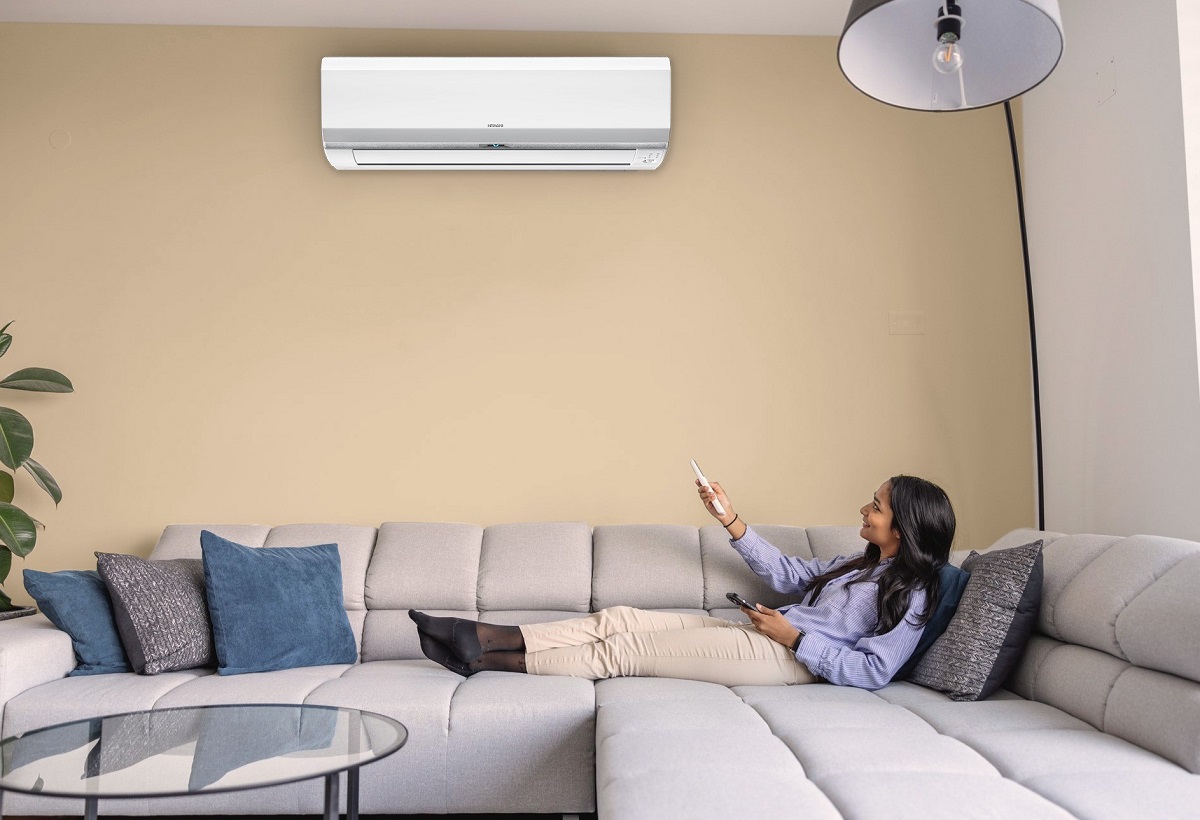

Articles
How Long Should AC Run In 90 Degree Weather
Modified: October 20, 2024
Discover the optimal duration for your AC to run in scorching 90 degree weather. Read our informative articles for expert advice on maintaining cool comfort.
(Many of the links in this article redirect to a specific reviewed product. Your purchase of these products through affiliate links helps to generate commission for Storables.com, at no extra cost. Learn more)
Introduction
As the mercury rises and the scorching heat of summer settles in, one of the most essential appliances in our homes becomes our saving grace – the air conditioner. In 90-degree weather, the need for a cool and comfortable indoor environment becomes even more pronounced. However, many homeowners are unsure of how long their AC should run in such high temperatures.
While there is no one-size-fits-all answer to this question, understanding the factors that affect AC runtime in 90-degree weather can provide valuable insights. By considering these factors, homeowners can make informed decisions about their air conditioner usage and ensure both comfort and energy efficiency.
So, what determines how long an AC should run in 90-degree weather? Let’s delve into the key factors below.
Key Takeaways:
- Optimizing AC runtime in 90-degree weather involves factors like insulation, AC size, thermostat settings, and maintenance. Implementing tips like using ceiling fans and natural ventilation can reduce energy consumption and maintain comfort.
- Running an AC for too long in 90-degree weather can lead to higher energy bills, decreased efficiency, and excessive cooling. Balancing comfort and energy efficiency through proper thermostat settings and maintenance is crucial.
Read more: How Many Hours Should An AC Run Per Day
Factors Affecting AC Runtime in 90-Degree Weather
Several important factors can influence how long an air conditioner should run in 90-degree weather. Understanding these factors can help homeowners optimize their AC usage and maintain a comfortable indoor environment. Let’s explore them in detail:
- Insulation and Home Design: The insulation of your home and its design play a crucial role in how long your AC needs to run. Well-insulated homes with proper sealing and insulation prevent heat from entering and cool air from escaping, reducing the workload on the AC system.
- Size of the AC Unit: The size of your air conditioner unit is critical. An undersized unit will struggle to cool your home efficiently, leading to longer runtime to reach the desired temperature. Conversely, an oversized unit may turn on and off frequently, resulting in inadequate dehumidification and discomfort.
- Outdoor Temperature and Humidity: The outdoor temperature and humidity level directly impact the AC’s runtime. Higher temperatures and humidity require more energy and time for the AC to cool the indoor space to a comfortable level.
- Thermostat Settings: The temperature you set on your thermostat affects the runtime of your AC. Lowering the thermostat setting significantly below the desired temperature won’t cool the room faster but will lead to unnecessary, prolonged runtime and energy waste.
- Maintenance and Filter Condition: Regular maintenance of the air conditioning system is essential for optimal performance. A dirty air filter and neglected maintenance can reduce airflow, forcing the AC to work harder and run longer to achieve the desired cooling.
- Appliance Heat Sources: Appliances like ovens, dryers, and refrigerators emit heat, increasing the overall heat load in your home. This additional heat can impact the AC’s runtime as it strives to offset the heat generated by these sources.
- Window Treatments: The type of curtains or blinds you have on your windows can affect the amount of heat entering your home. Using light-colored or reflective window treatments can help minimize heat gain and reduce the workload on your AC unit.
- Air Leaks and Drafts: Air leaks and drafts around windows, doors, and other openings can let warm air inside your home. Your AC will have to work harder and run longer to compensate for the heat infiltration caused by these leaks.
By considering these factors and taking proactive measures, homeowners can optimize their AC runtime in 90-degree weather and promote both energy efficiency and comfort.
Recommended AC Runtime in 90-Degree Weather
While the recommended AC runtime in 90-degree weather can vary depending on several factors, there are general guidelines to follow to balance comfort and energy efficiency. Here are some recommendations:
- Maintain a Moderate Indoor Temperature: Aim to maintain an indoor temperature that is comfortable but not excessively cool. The U.S. Department of Energy suggests setting the thermostat to 78 degrees Fahrenheit (25.5 degrees Celsius) during the summer months. This temperature provides a good balance between comfort and energy savings.
- Use Programmable Thermostats: Install and utilize programmable thermostats to optimize AC runtime. Program the thermostat to increase the temperature when you are away from home and lower it a few degrees before returning. This way, you can save energy during periods of low occupancy without sacrificing comfort.
- Consider Zoning Systems: Zoning systems allow you to control the temperature in different areas of your home independently. By cooling only the rooms in use, you can reduce runtime while providing personalized comfort.
- Utilize Ceiling Fans: Ceiling fans can help circulate cool air and create a wind-chill effect, making the room feel cooler. By using ceiling fans alongside your AC, you can raise the thermostat setting a few degrees without sacrificing comfort.
- Optimize Use of Natural Shade: Utilize natural shade, such as closed curtains or blinds, during the hottest parts of the day to reduce heat gain. This can help lessen the workload on your AC and potentially reduce its runtime.
- Create Airflow: Ensure proper airflow by keeping vents and registers clear of obstructions, regularly changing air filters, and cleaning any debris around the outdoor unit. This helps the AC work efficiently and can contribute to shorter runtime.
It’s important to note that these recommendations are general guidelines and may need to be adjusted based on your specific circumstances. Monitoring your indoor comfort levels and energy consumption can help you determine the ideal AC runtime for your home in 90-degree weather.
In 90-degree weather, your AC should run for about 15-20 minutes at a time to effectively cool your home without overworking the system.
Consequences of Running AC for Too Long in 90-Degree Weather
Running an air conditioner for extended periods in 90-degree weather can have several consequences, including:
- Higher Energy Bills: The longer your AC runs, the more energy it consumes. This can lead to increased energy bills, especially if your AC unit is not properly maintained or if you set the thermostat too low.
- Decreased Energy Efficiency: Continuous operation puts a strain on the AC system, reducing its energy efficiency over time. This can lead to faster wear and tear, decreased cooling capacity, and potential breakdowns.
- Excessive Cooling: Overcooling your home by running the AC for too long can lead to discomfort and health issues such as dry skin, respiratory problems, and increased susceptibility to common colds and allergies.
- Increased Environmental Impact: Prolonged AC runtime contributes to a larger carbon footprint by consuming more energy, which in turn leads to increased greenhouse gas emissions and environmental pollution.
- Potential AC Overheating: Running the AC continuously without breaks can put excessive strain on the system, potentially causing it to overheat and malfunction. This can result in costly repairs and downtime.
- Uneven Cooling: Continuous AC operation may not allow sufficient time for the cool air to circulate properly, leading to uneven cooling throughout your home. Some rooms may feel excessively cold, while others may remain inadequately cooled.
- Increased Humidity: Prolonged AC runtime without proper dehumidification can result in increased humidity levels inside your home, leading to a damp, uncomfortable environment and potential mold growth.
It’s important to strike a balance between achieving a comfortable indoor temperature and optimizing energy efficiency. Monitoring your AC usage and implementing energy-saving practices can help mitigate these consequences and ensure a well-functioning, efficient cooling system.
Tips for Optimizing AC Runtime in 90-Degree Weather
To optimize your air conditioner’s runtime in 90-degree weather and maintain a comfortable indoor environment, consider implementing the following tips:
- Set the thermostat wisely: Keep your thermostat set at a moderate temperature, such as 78 degrees Fahrenheit (25.5 degrees Celsius), to balance comfort and energy efficiency. Avoid setting the thermostat unnecessarily low, as it will lead to longer runtime and increased energy consumption.
- Utilize programmable thermostats: Invest in a programmable thermostat and set temperature schedules based on your daily routine. This allows you to adjust the temperature automatically and reduce runtime when you’re away from home or during sleeping hours.
- Maximize natural ventilation: During cooler evenings and early mornings, turn off the AC and open windows to let in fresh air and naturally cool your home. Use fans to enhance air circulation and create a comfortable breeze.
- Seal air leaks and insulate properly: Inspect your home for air leaks around windows, doors, and other openings. Seal them with weatherstripping or caulk to prevent warm air from infiltrating your home and causing the AC to run longer.
- Use ceiling fans: Ceiling fans supplement the cooling effect of your AC by circulating cool air and creating a breeze. When using ceiling fans, you can raise the thermostat a few degrees without sacrificing comfort.
- Keep curtains and blinds closed: Close curtains or blinds on windows exposed to direct sunlight during the hottest parts of the day. This reduces heat gain and helps keep your home cooler, reducing the workload on your AC.
- Regularly maintain your AC: Schedule regular maintenance for your air conditioning system, including replacing air filters, cleaning coils, and checking refrigerant levels. This ensures optimal performance and prevents excessive runtime due to system inefficiencies.
- Utilize shading options: Maximize natural shade by using awnings, shades, or window films. These can help block direct sunlight and reduce heat gain, allowing your AC to operate more efficiently.
- Consider a programmable zoning system: If your home has multiple cooling zones, invest in a programmable zoning system. This enables you to cool only the areas in use, improving energy efficiency and reducing AC runtime.
By implementing these tips, homeowners can optimize their AC runtime in 90-degree weather, enjoy a comfortable indoor environment, and reduce energy consumption.
Read more: How Long Should A Pool Cleaner Run
Conclusion
As we navigate the hot summer months with temperatures reaching 90 degrees, understanding how long an air conditioner should run becomes crucial. While there is no definitive answer that applies to every situation, considering the factors that affect AC runtime in high temperatures can help homeowners make informed decisions and optimize their cooling systems.
Factors such as insulation, AC size, outdoor temperature and humidity, thermostat settings, and maintenance all play a role in determining the optimal AC runtime in 90-degree weather. By being mindful of these factors and making appropriate adjustments, homeowners can strike a balance between comfort and energy efficiency.
Following the recommended guidelines, such as maintaining a moderate indoor temperature, using programmable thermostats, utilizing zoning systems, and optimizing natural shade and ventilation, can help maximize the efficiency of your AC and reduce runtime.
Running an air conditioner for too long in 90-degree weather can lead to consequences such as higher energy bills, decreased energy efficiency, excessive cooling, and increased environmental impact. It is essential to find the right balance to avoid these negative outcomes.
In conclusion, by implementing the tips for optimizing AC runtime, homeowners can create a comfortable living environment while minimizing energy consumption and reducing the strain on their cooling systems. Take the time to understand your specific circumstances and make adjustments accordingly to keep your home cool and energy-efficient during those scorching 90-degree days.
Frequently Asked Questions about How Long Should AC Run In 90 Degree Weather
Was this page helpful?
At Storables.com, we guarantee accurate and reliable information. Our content, validated by Expert Board Contributors, is crafted following stringent Editorial Policies. We're committed to providing you with well-researched, expert-backed insights for all your informational needs.
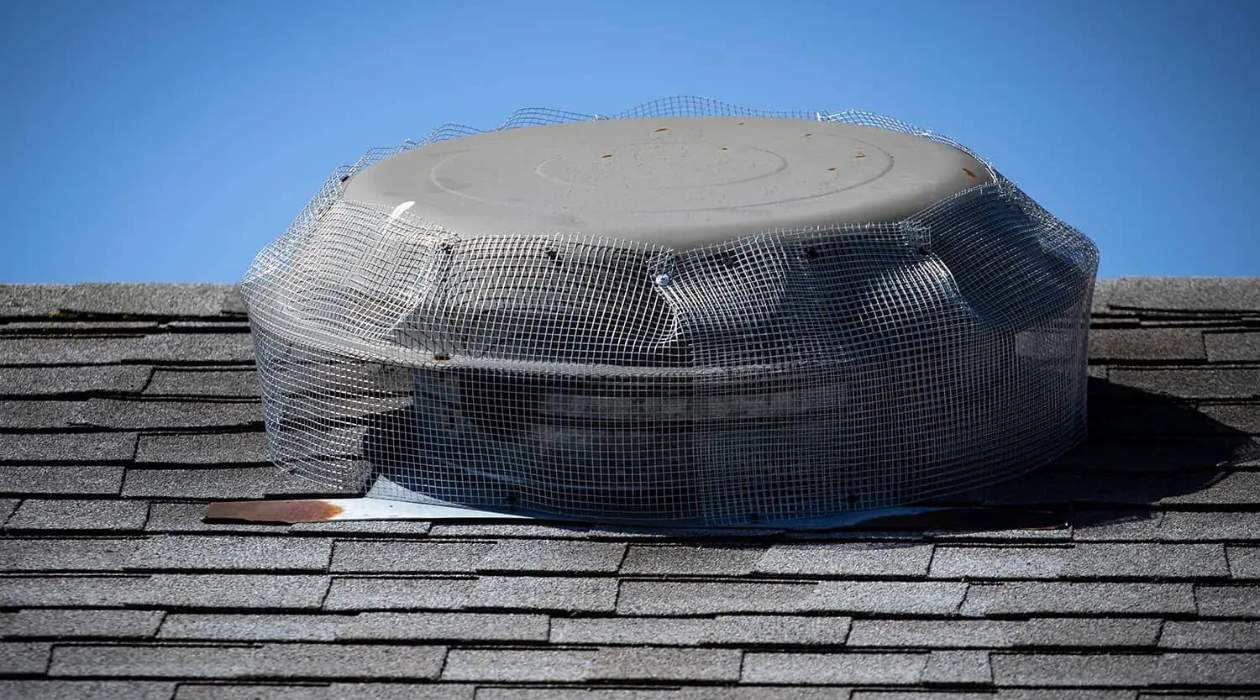
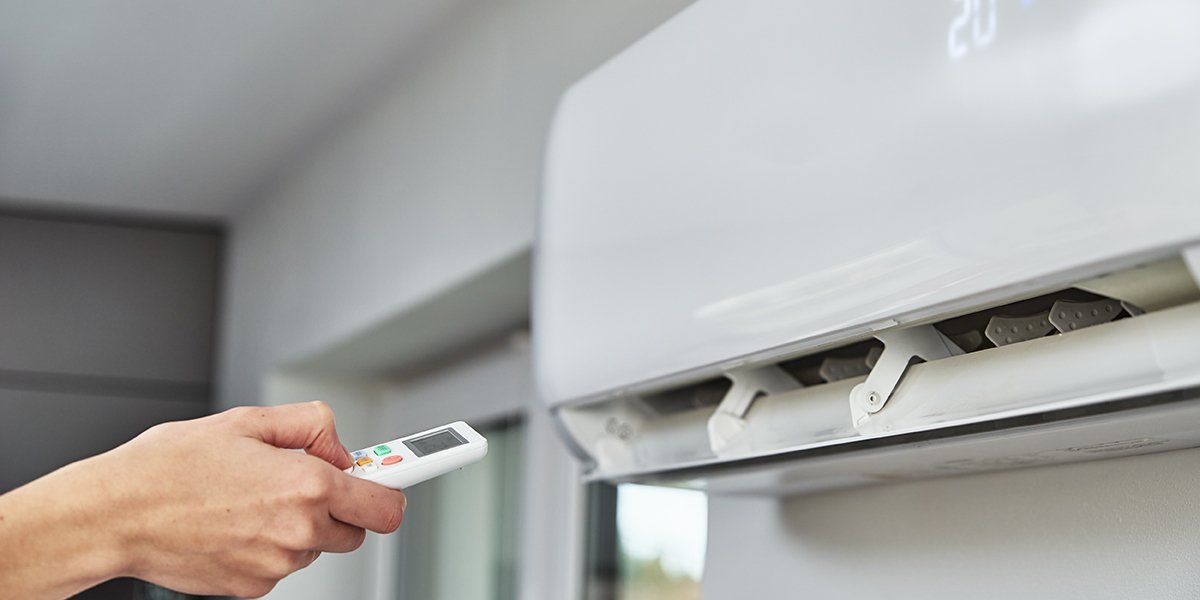
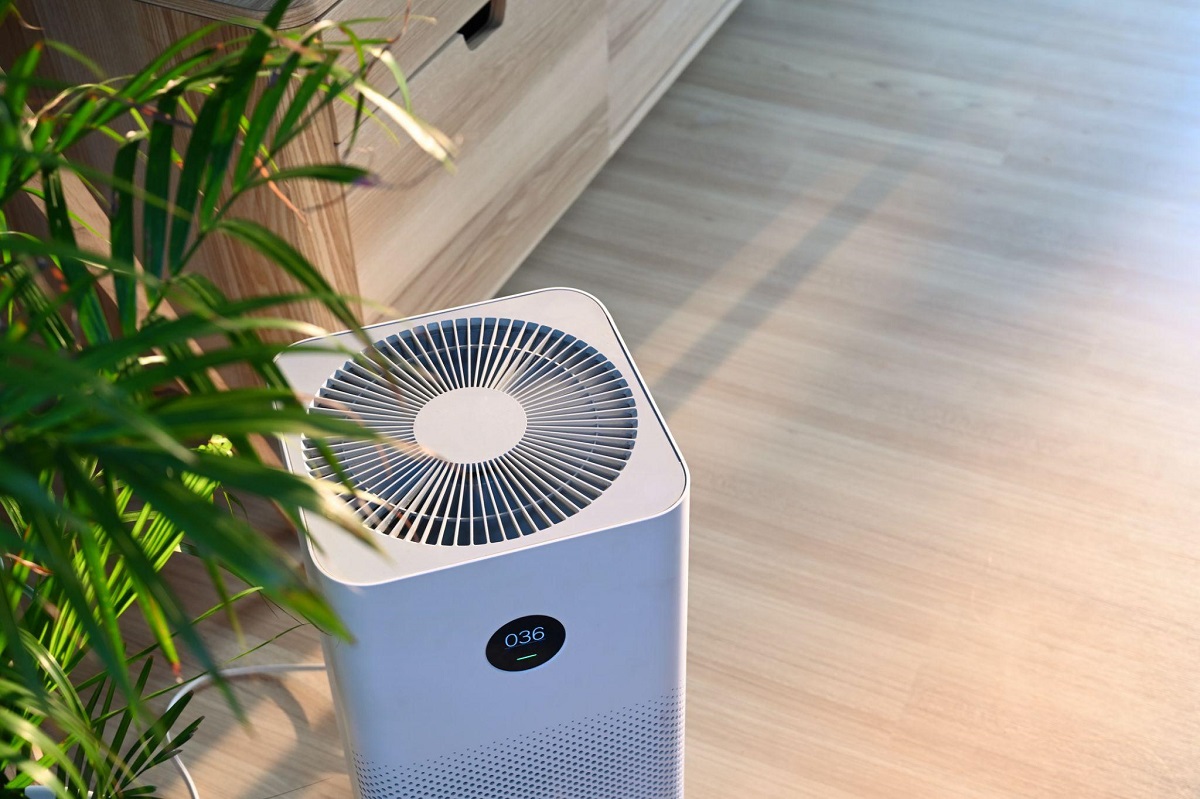
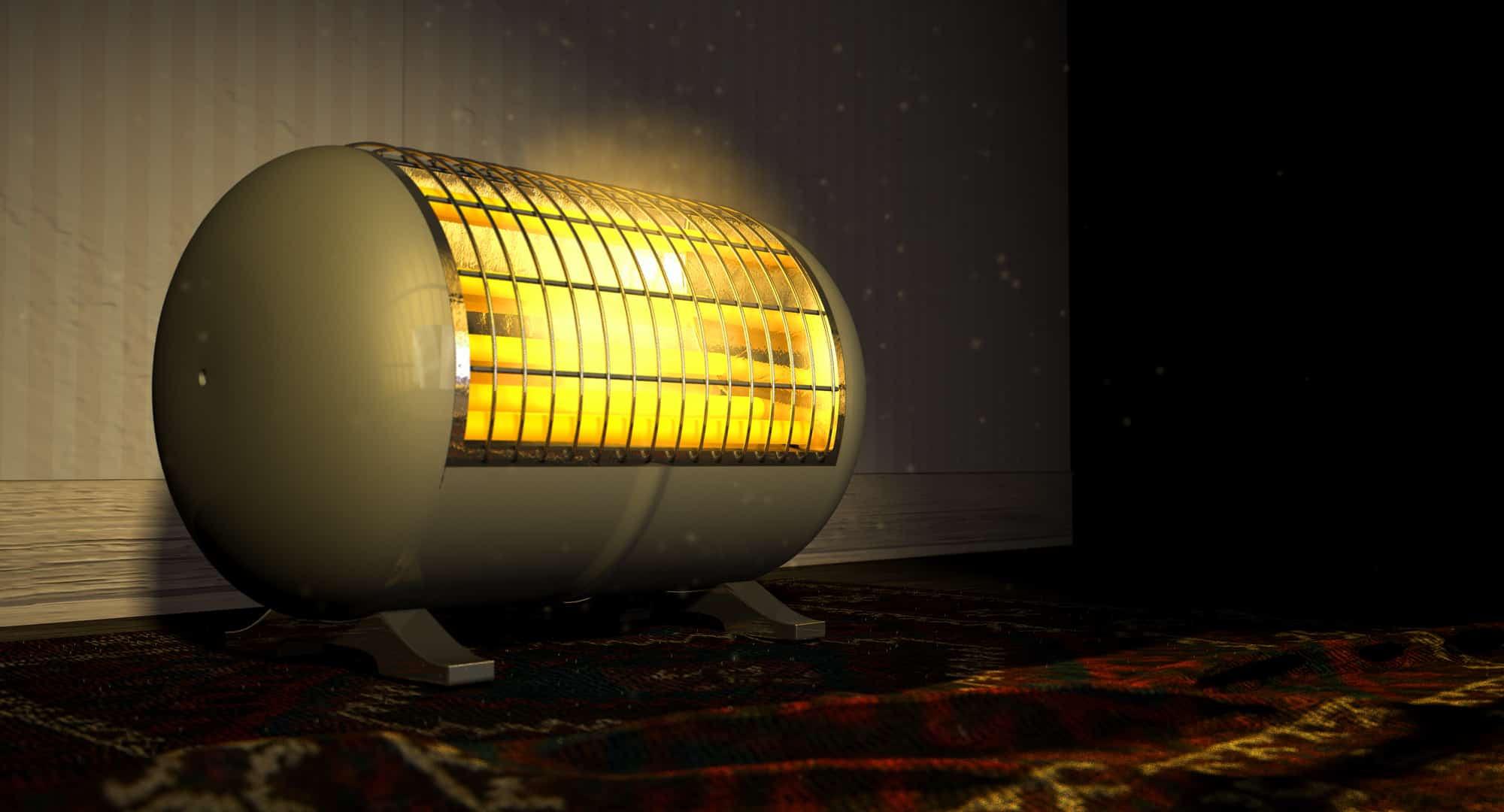
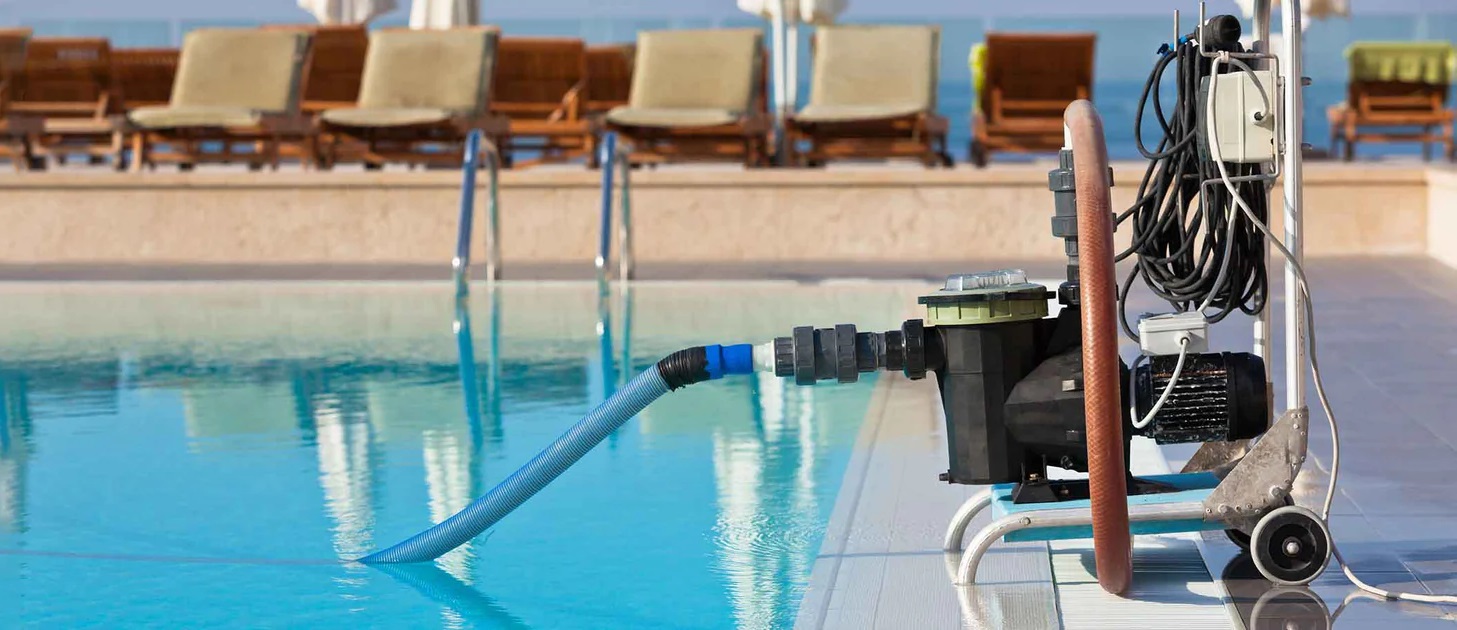
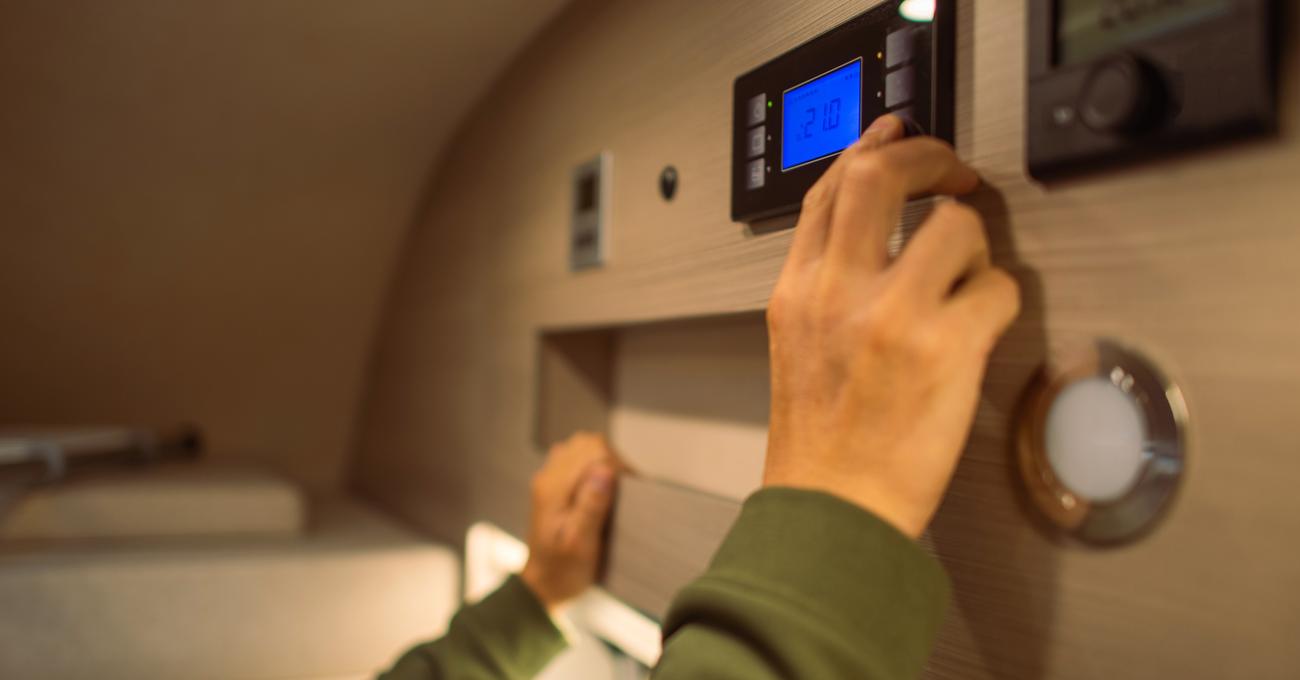
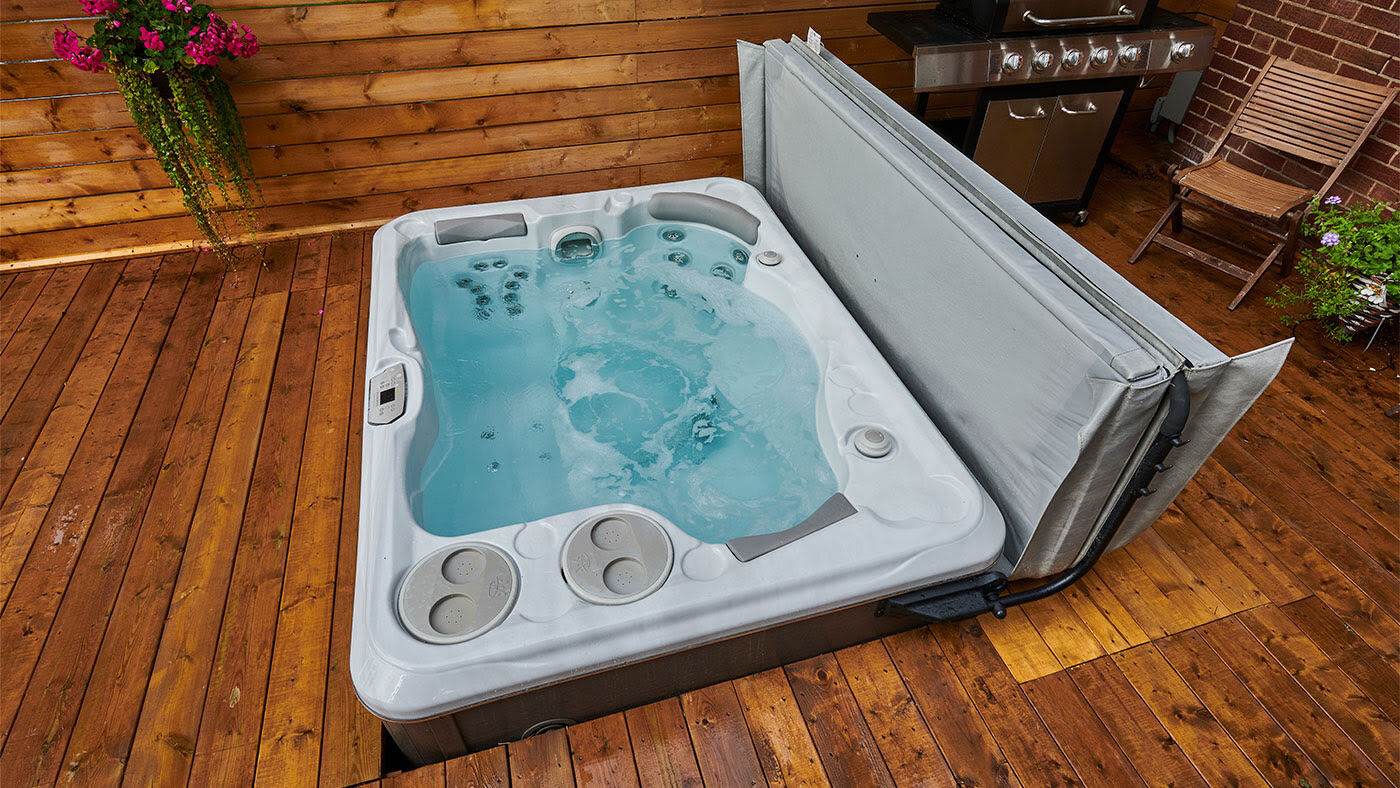
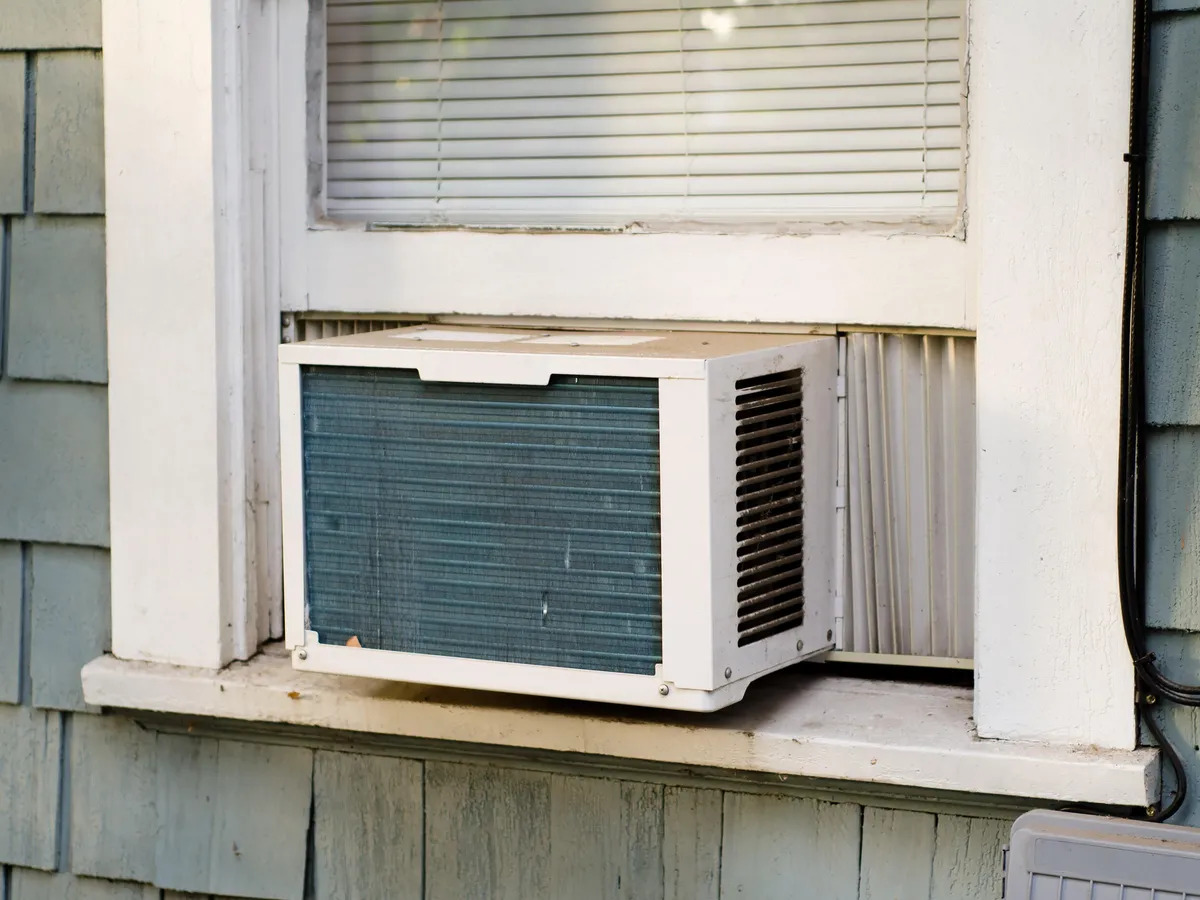
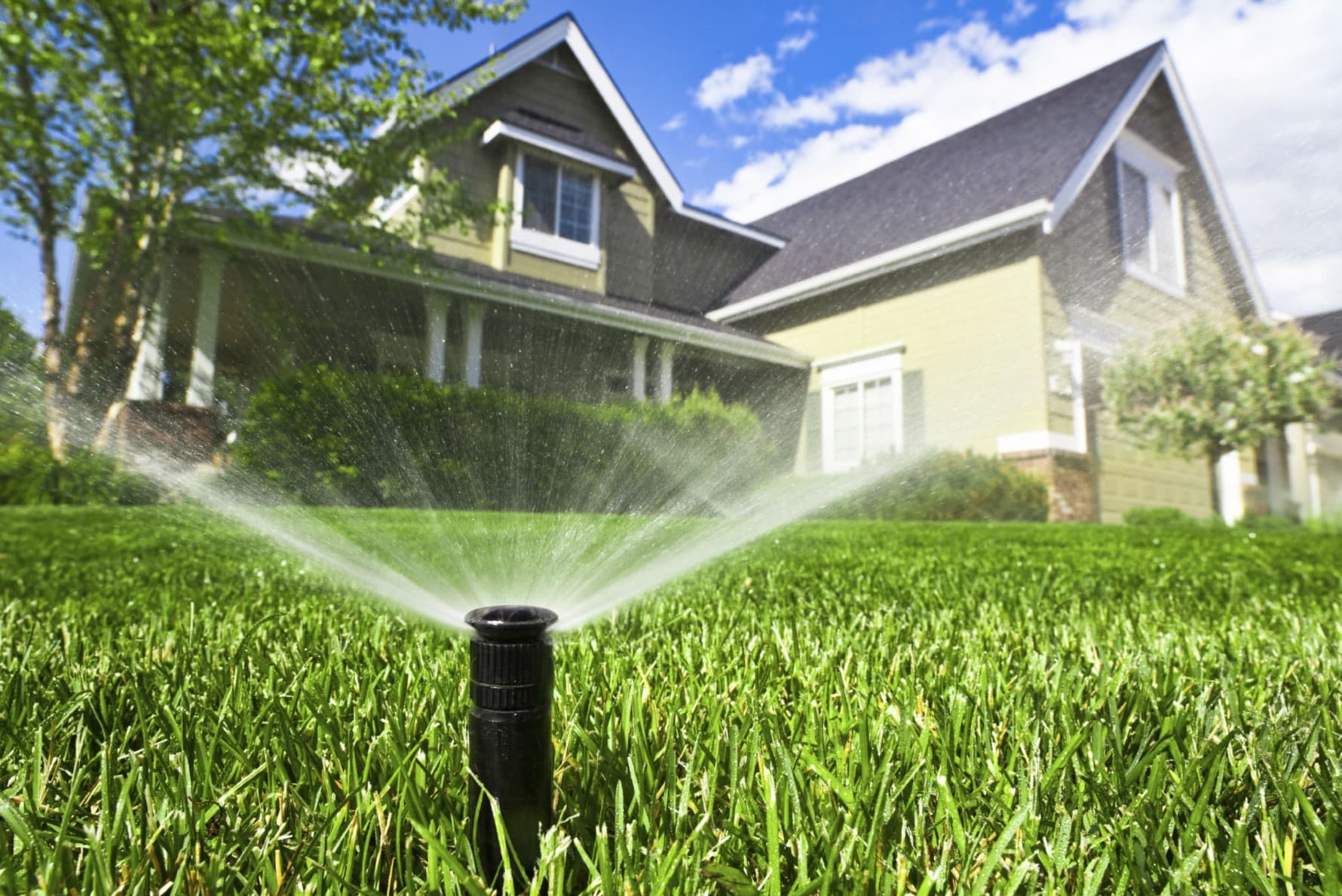
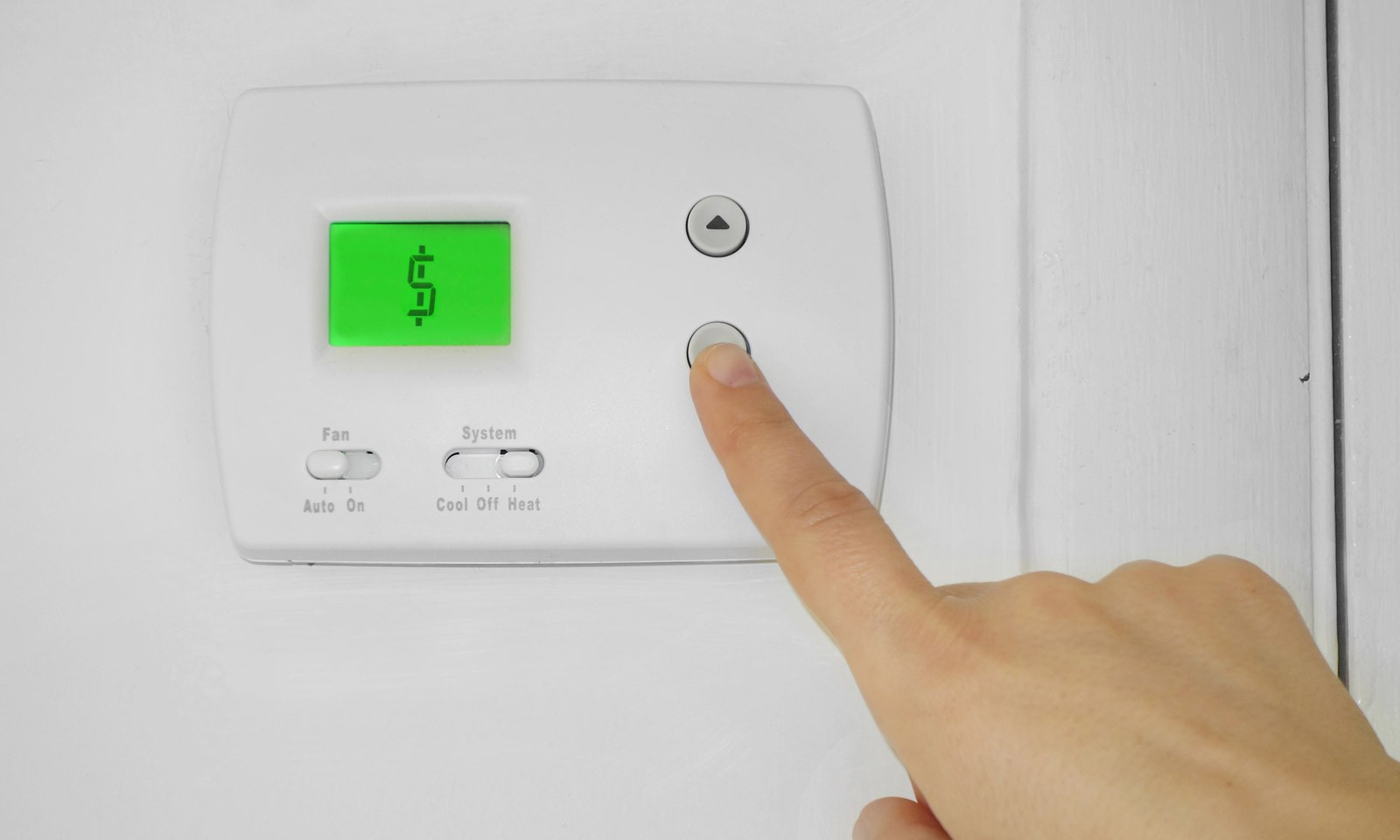
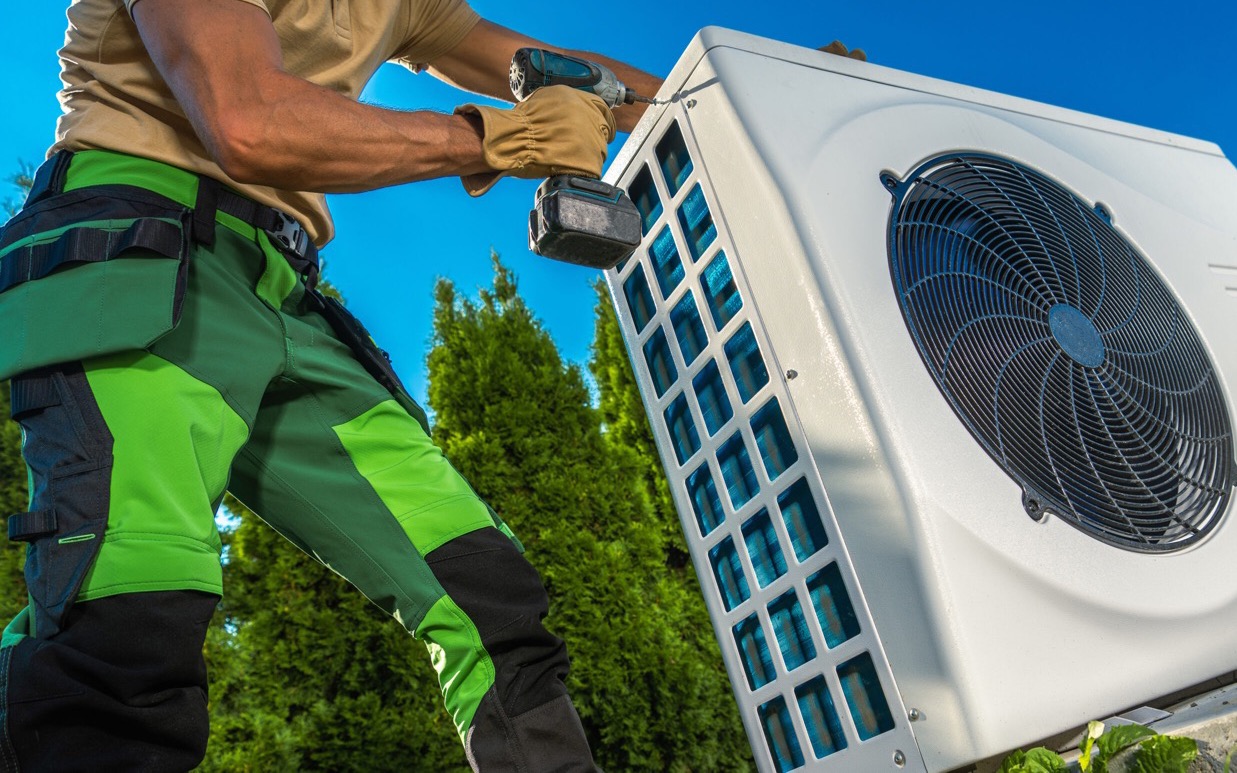

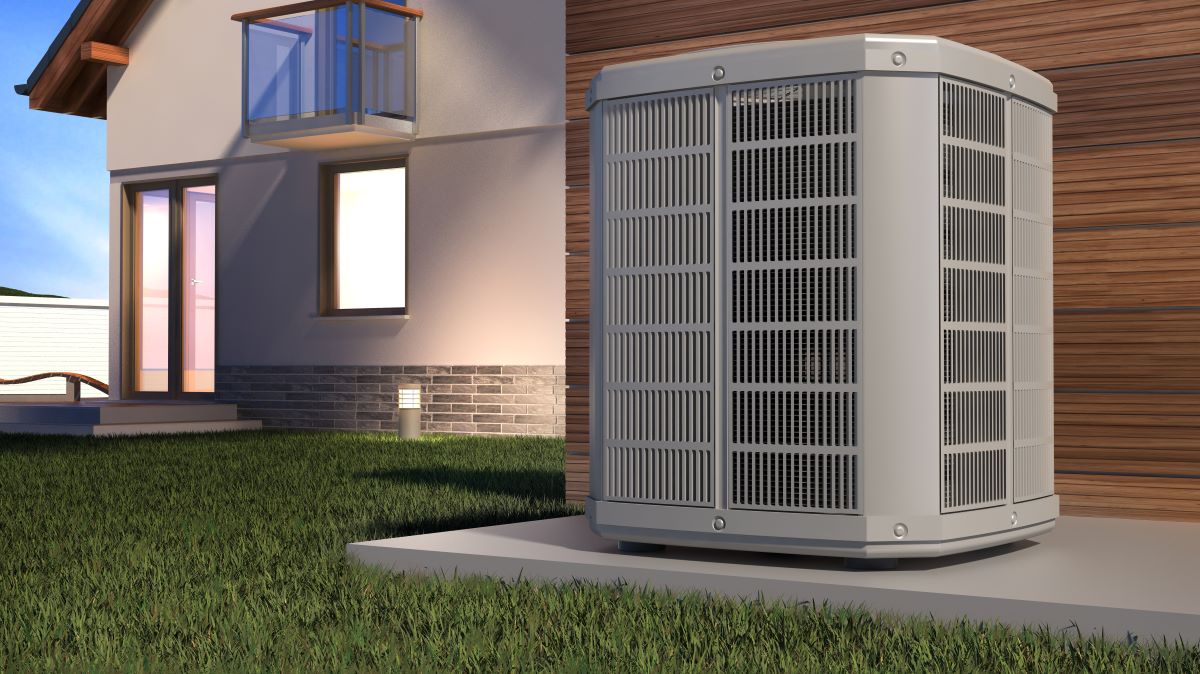
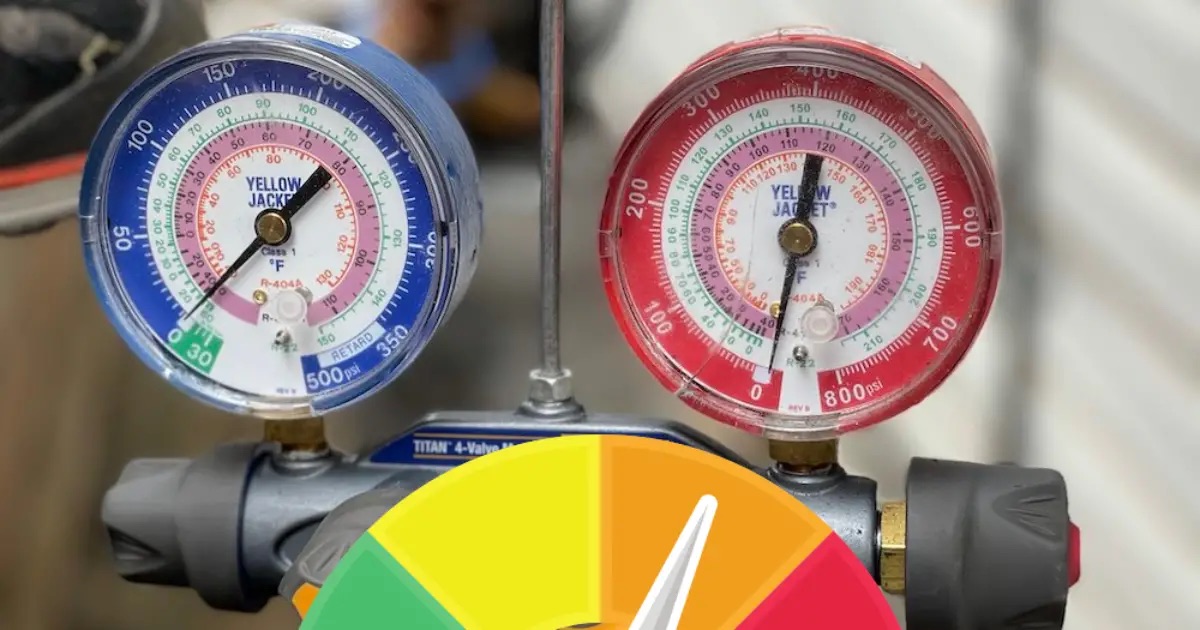

0 thoughts on “How Long Should AC Run In 90 Degree Weather”